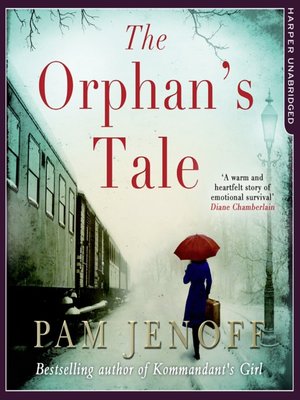

The prince is sad, as he thinks his role in the story is over.


All Myths Are True: A great deal of the monsters and humanoid races in the books is based on something that Earth scholars once believed (mostly classical and medieval.) Firebirds, manticores, and fox-women are only the most well-known.Even then, he'd mostly kill you because that's his role in the story, not because he actually dislikes you. Affably Evil: The Leucrotta is actually a fairly nice guy, if you don't try to fight him.Sigrid, two women from Middle Eastern inspired cultures who have Scandinavian-sounding names. Bonus points need to be given to Ragnhild and St. Aerith and Bob: Characters have names with Middle Eastern, Scandinavian, Indian, African, Japanese, Eastern European, Greek, English and many other influences.What follows is a complex plot that, heavily inspired by several fairy tales and the Arabian Nights, includes most of the tropes related to those stories and subverts, deconstructs or lampshades most of them along the way. Thus begins the Framing Device to The Orphan's Tales, a fantasy book in two volumes ( In the Night Garden and The Cities of Coin and Spice) by Catherynne M. A boy, son of the Sultan, manages to find out her secret: in the marks are written stories, which the girl agrees to narrate. A mysterious orphaned girl lives by herself on the garden of a Middle Eastern-esque palace, shunned by the nobility and considered a witch due to the black birthmarks around her eyes.


 0 kommentar(er)
0 kommentar(er)
